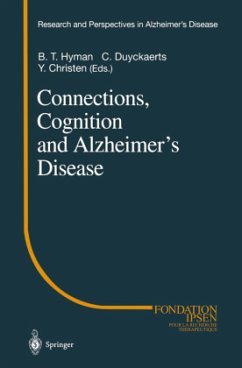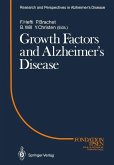Alzheimer's disease invades the brain from the inside. Unlike an abcess, a metas tasis or an infarct, the disease follows specific tracks and avoids certain cortical areas while flourishing in others. Any observer is struck by the exquisite selectiv ity of the lesions and could, indeed, conclude that Alzheimer's disease knows neuroanatomy. However, should the term "disease" be used to define this disor der? Several genes, located on at least three different chromosomes, have been implicated in the disease. The ApoE4 genotype has been shown to be an impor tant risk factor, but dementia pugilistica also suggests that environment can be involved in at least some aspects of the disorder. These data favor the now preva lent view that Alzheimer's disease should instead be considered as a syndrome, and probably all of the contributors to this volume are ready to endorse this point of view. If "Alzheimer's syndrome" is the final common pathway to several pathoge netic mechanisms, there should be an event at one point in the course of the spe cific etiology that triggers a somewhat stereotypic diffusion process along some neural connections. Scientists who are fascinated by the way in which the ner vous system has morphologically encoded its function after a long phylogenetic history are also fascinated by this pathological progression of Alzheimer's syn drome.








